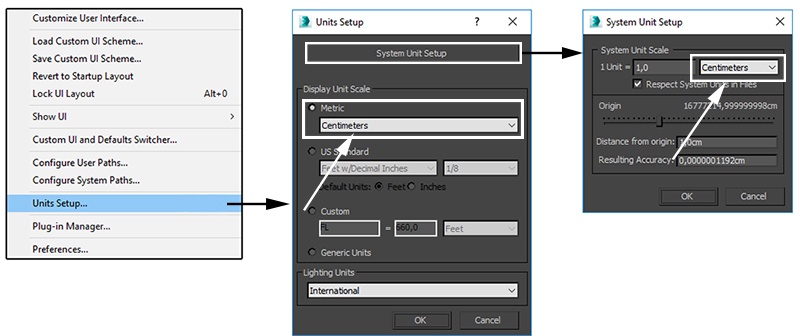Page History
This page provides a tutorial on creating a Milk and Chocolate fusion simulation in 3ds Max.
Overview
...
| UI Text Box | ||||
|---|---|---|---|---|
| ||||
This is an Intermediate Level tutorial. Even though no previous knowledge of Phoenix FD is required to follow along, re-purposing the setup shown here to another shot may require a deeper understanding of the host platform's tools, and some modifications of the simulation settings. |
| Section | ||||||||||||||||||||
|---|---|---|---|---|---|---|---|---|---|---|---|---|---|---|---|---|---|---|---|---|
|
System Units
...
| Section | ||||||||||
|---|---|---|---|---|---|---|---|---|---|---|
|
...


